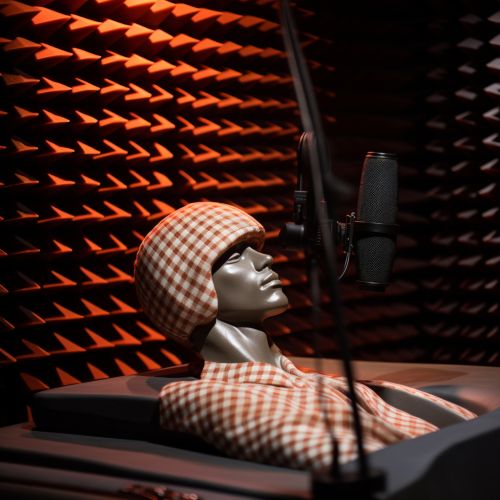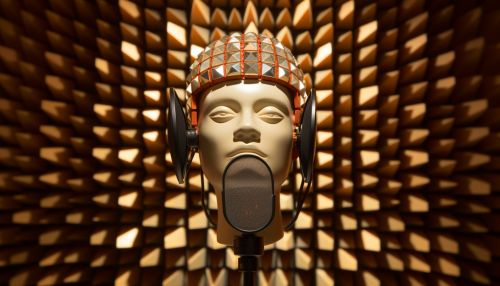Head-related transfer function
Introduction
The Head-Related Transfer Function (HRTF) is a response that characterizes how an ear receives a sound from a point source in space. As sound strikes the listener, the size and shape of the head, ears, ear canal, density of the head, size and shape of the nasal and oral cavities, all transform the sound and affect how it is perceived, thereby creating a unique set of filters. This filtering process, known as the "head-related transfer function" (HRTF), is unique to each individual and includes both level (spectral shape) and time (phase and group delay) information.


Understanding HRTF
The HRTF is a complex function that depends on the azimuth and elevation of the incoming sound wave, the physical characteristics of the listener's head and ears, and the sound frequency. It is a fundamental concept in the field of psychoacoustics, the study of the psychological and physiological responses associated with sound.
The HRTF is typically described in the frequency domain, as a function of azimuth, elevation, and frequency. It is usually represented as a pair of transfer functions, one for each ear, and is often plotted as a function of frequency for various azimuth and elevation angles.
Measurement of HRTF
HRTFs are typically measured in an anechoic chamber using a small microphone placed in the ear canal of a human subject or a mannequin. The subject or mannequin is placed in the center of the chamber, and a loudspeaker is moved around it in a sphere, emitting sounds at various frequencies. The microphone picks up the sound as it is heard by the subject or mannequin, and this data is used to calculate the HRTF.
Applications of HRTF
HRTFs are used in many applications, including spatial audio rendering, speaker placement in home theater systems, and the design of hearing aids. They are also used in the creation of virtual reality audio environments, where they can help to create a more immersive experience by making sounds appear to come from specific points in space.
Challenges and Future Research
Despite its many applications, the HRTF is not without its challenges. One of the main challenges is the individual variability of HRTFs. Because each person's head and ears are unique, their HRTF is also unique. This means that for the most accurate spatial audio rendering, an individual's HRTF would need to be measured. However, this is not practical in most applications.
Future research in the field of HRTF is focused on finding ways to overcome these challenges. One area of research is the development of methods for accurately predicting an individual's HRTF based on physical measurements of their head and ears. Another area of research is the development of more efficient algorithms for rendering spatial audio using HRTFs.
